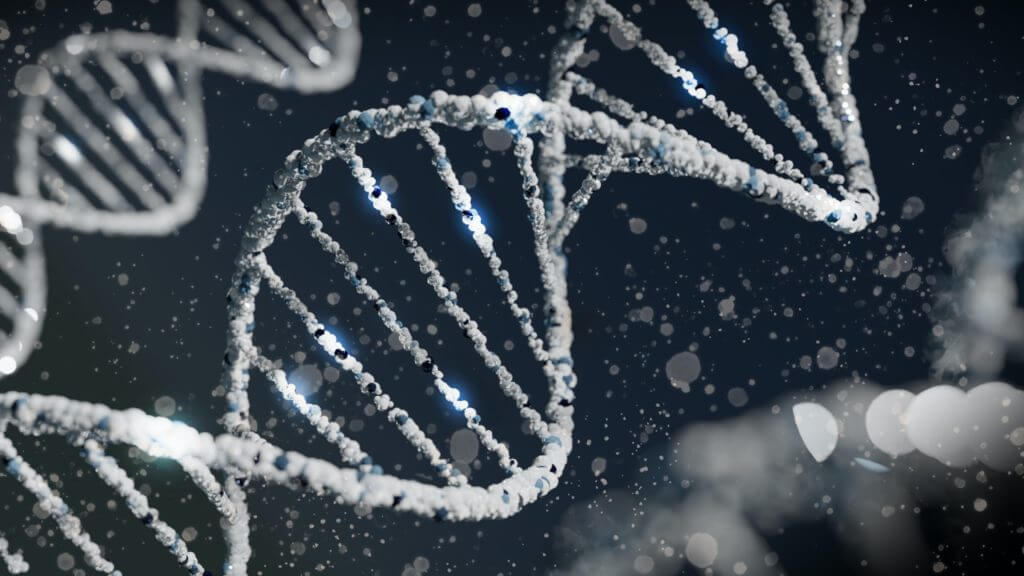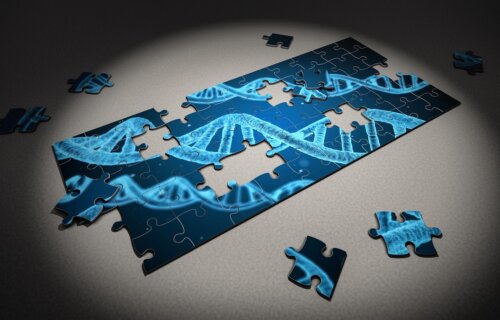NORWICH, United Kingdom — A recent DNA analysis has uncovered surprising deviations in the genetic code of a microscopic organism, revealing just how little we know about the genetic makeup of certain creatures.
Dr. Jamie McGowan of the Earlham Institute, while examining the genome of a protist sourced from a pond at Oxford University Parks, stumbled upon an unexpected finding. The analysis was initially aimed at testing a method of sequencing tiny DNA amounts. The protist, named Oligohymenophorea sp. PL0344, was found to possess an unusual way of translating its DNA into proteins.
“It’s sheer luck we chose this protist to test our sequencing pipeline, and it just shows what’s out there, highlighting just how little we know about the genetics of protists,” says Dr. McGowan in a media release.
Protists are difficult to define universally. Most are minute, single-celled entities like amoebas, algae, and diatoms. However, bigger multi-celled protists, such as kelp and red algae, also exist.
“The definition of a protist is loose – essentially it is any eukaryotic organism which is not an animal, plant, or fungus,” explains Dr. McGowan. “This is obviously very general, and that’s because protists are an extremely variable group. Some are more closely related to animals, some more closely related to plants. There are hunters and prey, parasites and hosts, swimmers and sitters, and there are those with varied diets while others photosynthesize. Basically, we can make very few generalizations.”

Every living organism’s genetic code functions like a building’s blueprint, giving instructions on how various processes should operate. For a gene to exert influence, its DNA blueprint must be interpreted and then constructed into a molecule that has tangible effects. DNA is first transcribed into an RNA copy, which is then translated into amino acids. These amino acids come together to form a 3D molecule. This translation typically starts at a particular codon (ATG) in DNA and ends at a stop codon, which is usually one of three types: TAA, TAG, or TGA.
But here’s where Dr. McGowan’s discovery veers from the norm: in Oligohymenophorea sp. PL0344, only TGA serves as a stop codon. The codons TAA and TAG are unexpectedly linked to amino acids lysine and glutamic acid, respectively.
“This is extremely unusual,” notes Dr. McGowan. “We’re not aware of any other case where these stop codons are linked to two different amino acids. It breaks some of the rules we thought we knew about gene translation – these two codons were thought to be coupled. Scientists attempt to engineer new genetic codes – but they are also out there in nature. There are fascinating things we can find, if we look for them. Or, in this case, when we are not looking for them.”
The study is published in the journal PLoS Genetics.
You might also be interested in:
- Complete human genome mapped by scientists for the first time ever
- Best DNA Test Kits: Top 5 Genetic Services Most Recommended By Experts
- Evolutionary mismatch? Earth is full of really small and really large organisms


If the explanation is giving more serious connotation then let us know.
This man is a joke.